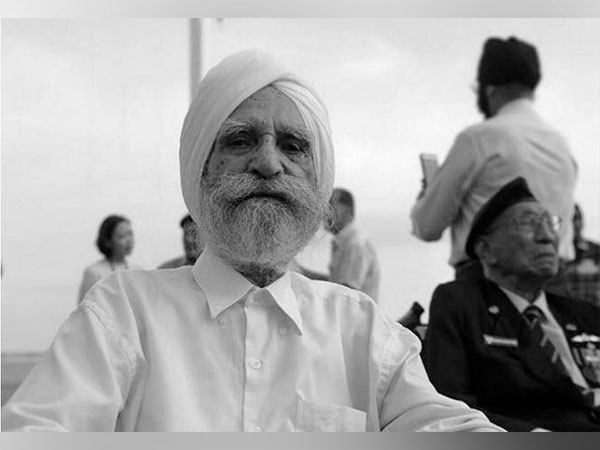S Jaswant Singh Gill: Singapore's 1st Navy Commander and his lasting legacy in Sikh community
Gill's military career began when he fought for Singapore in the Konfrontasi battle, which took place between 1963 and 1966 and involved Indonesia and the Federation of Malaysia. He was named Commander of the Singapore Naval Volunteer Force in the wake of the British withdrawal in 1967.

- Country:
- India
S Jaswant Singh Gill, Singapore's first navy chief, was a renowned person and a vital part of the country's defence during its formative years. He was six years old when he arrived in Singapore with his uncle. His parents were Punjabi farmers. In addition to holding important military roles throughout his career, Gill was also active in the Sikh community, Khalsa Vox reported. Gill's military career began when he fought for Singapore in the Konfrontasi battle, which took place between 1963 and 1966 and involved Indonesia and the Federation of Malaysia. He was named Commander of the Singapore Naval Volunteer Force in the wake of the British withdrawal in 1967.
According to Khalsa Vox, Gill also served as the commander of the Pulau Blakang Mati Camp, the director of training for the Singapore Armed Forces, and the commander of Changi and Tengah Air Bases. He retired from the Singapore Armed Forces in 1972, achieving the rank of Lieutenant-Colonel. In a tribute to Gill, the Republic of Singapore Navy expressed its deep gratitude for his service. Gill's words continue to motivate and strike a chord with individuals serving in the armed services as he was the commander who raised Singapore's white naval ensign for the first time in 1967. In spite of the prevalent drinking culture in the military, he was also recognised for upholding his Sikh faith, garnering the respect and sympathy of his fellow officers.
From 1966 to 1981, Gill served as president of the Singapore Khalsa Association, demonstrating his dedication to his community. The association was founded in 1931 as a sports club for the Sikh community and eventually developed into a gathering place for significant life occasions like weddings. The Tessensohn Road building is now accessible to all Singaporeans, including ballrooms and a dance studio that may be reserved by the general public, according to Khalsa Vox. Gill's nephew Kirpal Sidhu characterised him as the patriarch of a large family who raised the kids with discipline and high standards from an early age. Gill made sure the kids could speak Punjabi well and could play tabla and harmonium, which are traditional Sikh instruments. Sidhu remembers his rigorous childhood but is grateful for the solid morals Gill instilled in him.
Gill left a lasting legacy in the Sikh community with his unshakable dedication to Singapore's nation-building. He had a lasting impression on everyone he came in contact with as well as the country he served by being a shining example of discipline, service, and dedication, Khalsa Vox reported. (ANI)
(This story has not been edited by Devdiscourse staff and is auto-generated from a syndicated feed.)










